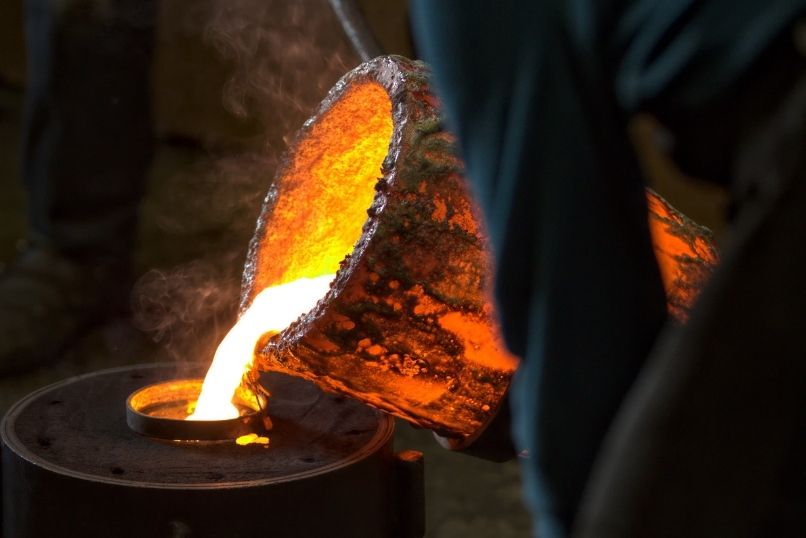Molding strong metals into specific shapes isn’t as easy as you might think. This is the reason why engineers, architects, and manufacturers all use casting to mold metals into specific shapes and sizes. Bronze casting is one of the most popular forms of casting since bronze is durable, ductile, anti-microbial, and strong. Here is what you need to know about bronze casting.
What Is Bronze Casting?
Before you dive into the applications and benefits of bronze casting, you need to know what it is and how it works. Casting is a process that uses molds to shape metals. First, you expose the metal to extremely high temperatures until it transforms from solid to liquid. Then, you pour the metal into a mold or container that will shape the metal. After you allow the metal to cool and harden, you then remove it from the mold, and voila—the metal is now shaped like the mold! Bronze casting molds bronze or bronze casting alloys into different shapes for architects, engineers, manufacturers, and others to use.
Applications for Bronze Casting
When discussing what you need to know about bronze casting, you have to mention the applications for this process. Engineers, architects, designers, artists, manufacturers, and many others use bronze casting since it is an efficient and reliable way to shape metal. You’ll find that people often use bronze casting for architecture, machine components, hardware, art, and more. With bronze casting, you can create all kinds of items, such as nuts and bolts, gears, or even jewelry.
Benefits of Bronze Casting
There are many metals you can use for casting, but bronze and bronze alloys are some of the most popular choices. The reason why many engineers, architects, manufacturers, and designers choose to use bronze alloys instead of other metals is that bronze is strong, durable, and ductile. Because bronze is a ductile metal, it is easy to mold into different shapes. Additionally, its strength, durability, and corrosion resistance make it a popular choice for industrial applications.

